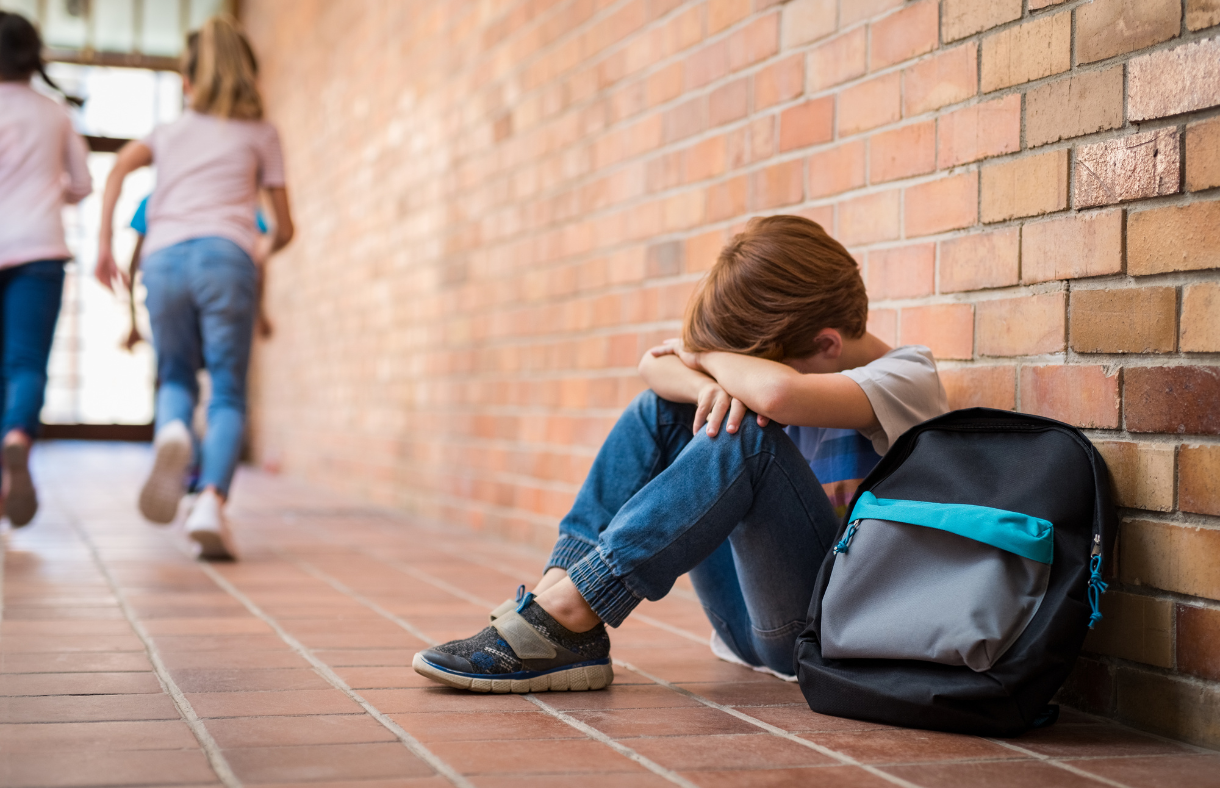Not that long ago, bullying among kids was treated as just one of those things you have to “learn to live with.” Kids who complained were called oversensitive. Parents who complained on their children’s behalf were labeled overprotective. And for kids on the receiving end of incessant bullying, adult advice stopped at “just ignore them” or “learn to hit back”—particularly unhelpful for neurodivergent kids who found it difficult to ignore anything, and were all too prone to lashing out at the smallest annoyance.
Thankfully, the world has learned that bullying is worse than an “annoyance”—it can leave lifelong emotional scars. More and more schools have implemented zero-tolerance-for-bullying policies. And a student (or family) rebuffed at the first complaint rarely has to look far for another support source.
Much remains to be done, however. One student in five still reports being bullied at least occasionally. Often, this bullying comes in forms rarely acknowledged (“Words never hurt anyone”) or even available (cyberbullying) a few decades ago.

If Your Child Is Being Bullied
When bullying does happen, kids aren’t always quick to report the problem. The reasons are many: fear of retaliation, fear of their parents’ reaction, embarrassment over personal inability to handle things, feeling that the bullying is somehow deserved. This is less likely to happen in your family if you make a habit of being available—and attentive and empathetic—at any time your children want to talk.
However, even if your child is unwilling to open up—or unable, as may be the case with a nonverbal disability—there are always signs that something is wrong. Your child may be the victim of bullying (or some other form of abuse) if any of the following symptoms are present for more than a few days:
- Changes in eating or sleeping patterns
- Changes in personality, especially increased aggressiveness or withdrawal
- Declining self-confidence
- Sudden reluctance to attend school or participate in familiar activities
- Unexplained symptoms of physical illness
- Physical injuries, or damaged or missing possessions, combined with evasiveness about the cause
- Regressive or self-destructive behavior
Don’t ignore such symptoms and hope they’ll go away. Explain gently to your child what you’ve observed and why it worries you. And don’t be afraid to ask if someone has hurt your child—or if she’s thinking about hurting herself.
Do remember (especially if the child’s verbal communication skills are limited) to watch for deeper meaning beneath surface words. If you have difficulty here—or if your child refuses to open up and symptoms continue—a professional counselor can help, and can also assist in creating plans to remedy the problem.
Don’t Let Your Child Be a Bully
If there’s anything more painful than realizing that your child is being bullied, it’s realizing that your child is bullying other kids—or is abetting it by laughing along with bullying friends. No parent wants to think their child capable of cruelty, but no family can afford to take for granted that it won’t happen. Bullies come from all personality types, economic backgrounds, races, genders, religions, and family situations. And many bullies learn from being bullied themselves, so ignoring or denying red flags could mean that serious problems continue for your child as well as for others.
Again, you can head off trouble by cultivating open communication in your family, and by taking prompt action if you notice warning signs. These may include:
- Over-concern with being “popular”
- Speaking derisively of another person or group
- Displaying “tough” or contemptuous attitudes
- Bringing home extra money or new possessions, and being evasive about how these were acquired
- General unwillingness to accept responsibility for their behavior
- Getting into trouble at school or elsewhere
- Being directly accused of bullying
- Having friends who exhibit the above behaviors
Never be afraid to tell your children what constitutes unacceptable behavior, or to enforce consequences against it. Your child’s future, as well as that of others, may depend on your actions today.

Not Everyone Outgrows the Bullying Habit
Sadly, adults as well as children can be bullies. Ask anyone who’s had a tyrannical boss, scheming co-worker, or abusive domestic partner. Or ask anyone who’s been on the receiving end of racism, sexism, ageism, ableism, or any other “ism.”
Our last hard question about bullying is, Could your child be learning the habit from you? If you thoughtlessly use derisive terms such as “cripple”; if you respond to calls for social reform by blaming the aggrieved parties; if you insult anyone behind their backs or to their faces—you are effectively teaching your children that open disrespect is normal behavior.
Resolve today to emphasize the following principles:
- Deliberately violating anyone’s personal comfort zone—no matter how ridiculous that zone seems to you—is always cruel and never funny.
- Even your opponents deserve to have their input sought, heard, and considered with an open mind.
- Everyone also deserves to be respected, and considered as, a unique individual. Never assume you know how anyone else thinks or “should” think.
We can all do things to help eliminate bullying and create a kinder world. What will your family do today?
Recommended resources:
- Learning for Justice, an organization committed to eliminating prejudice by “Teaching Tolerance” to students and educators. Ask about their brochure, “Speak Up at School: How to Respond to Everyday Prejudice, Bias and Stereotypes.”
- StopBullying.gov, the federal resource for information on bullying and bullying prevention.
Helpful apps:
- Breathe, Think, Do with Sesame: a Sesame Street monster demonstrates how to cope with frustration and implement problem-solving.
- Bully Button Parent-Kid: allows kids to record and transmit evidence of bullying behavior.
- ConversationBuilderTeen: for students learning social skills and effective peer communications. “Bullying” is among the featured awkward-topic categories.
- KnowBullying by SAMHSA: from the Substance Abuse and Mental Health Services Administration, this app guides parents in teaching their kids about bullying and peer pressure.
- ReThink – Stop Cyberbullying: alerts users that they may be about to impulsively post something harmful.

